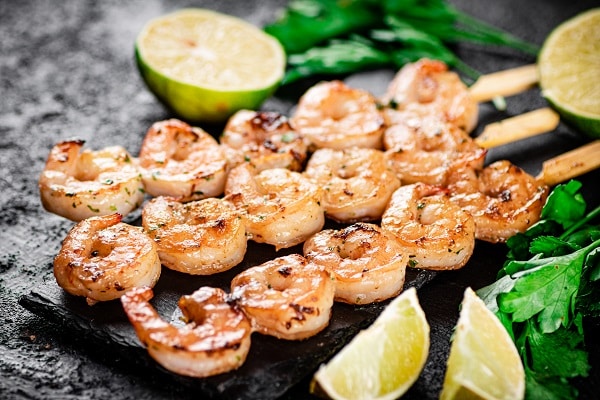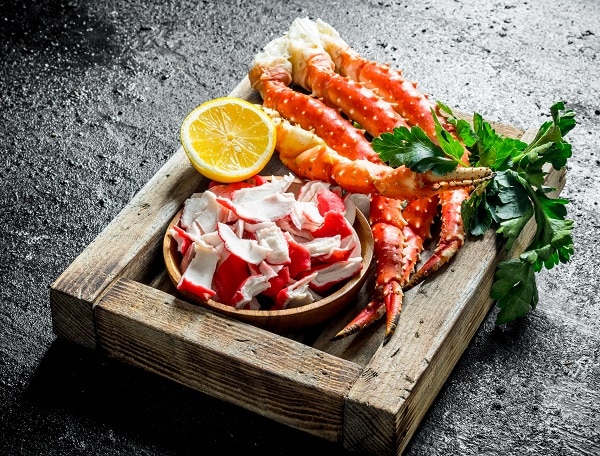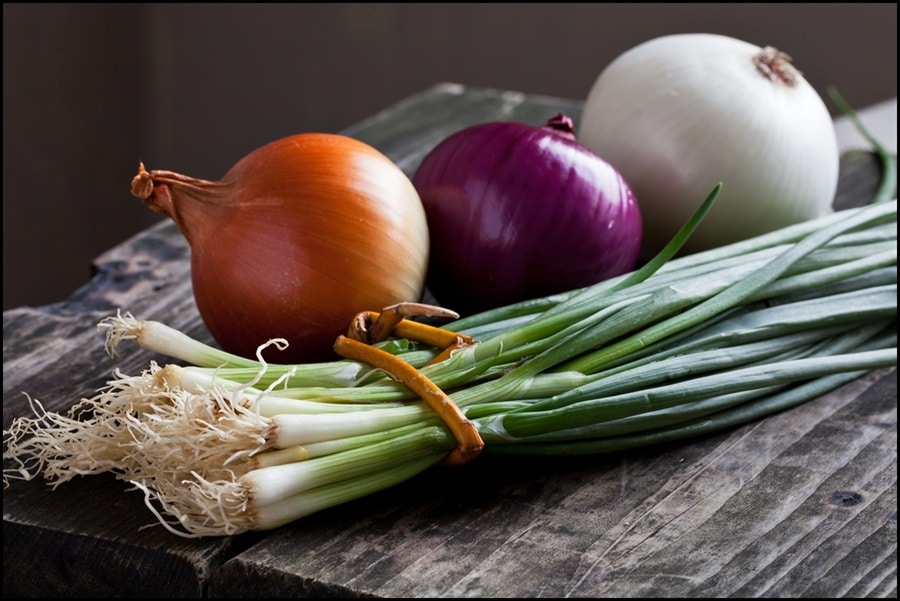Did you know that seafood is an excellent source of protein? It’s one of the healthiest foods you can eat! There are many different types of seafood, each with its unique set of nutrients. In this article, we will discuss some of the healthiest types of seafood and why you should be eating more of them.
Contents
The Benefits of Eating Seafood
Seafood has been a staple of the human diet for centuries, and for a good reason. Fish and shellfish are excellent protein sources and are also low in saturated fat. In addition, seafood is a rich source of omega-3 fatty acids, which are beneficial for heart health. Studies have shown that people who eat seafood regularly have a lower risk of developing cardiovascular disease. Furthermore, seafood is an excellent source of several vitamins and minerals, including vitamin D, selenium, and iodine. One of the best things about seafood is that there are so many different types to choose from. Some seafood stands out above the rest for its exceptional health benefits.
Salmon

Salmon is a popular type of seafood known for its high nutritional value. Salmon is a great source of omega-3 fatty acids, which are beneficial for heart health. Additionally, salmon is rich in protein and B vitamins, making it a nutritious option for those looking to boost their intake of these nutrients. Salmon can be cooked in various ways, making it a versatile option for meals and snacks. When cooked properly, salmon can be a delicious and healthy addition to any diet. When choosing salmon, look for wild-caught options, as these typically have the highest level of nutrients.
Tuna

Tuna is a delicious and nutritious seafood with omega-3 fatty acids and protein. It is a great source of these essential nutrients and is also low in mercury, making it a safe choice for pregnant women and young children. When shopping for tuna, look for cans marked “low in mercury” or “pole and line caught.” These tuna are the safest and most sustainable option. Canned tuna is a great pantry staple to have on hand for quick and easy meals. Enjoy it in salads, sandwiches, or pasta dishes. You can also grill or bake fresh tuna steak for a healthy and delicious meal.
Shrimp

Shrimp is a popular seafood choice for many reasons. For one, shrimp is relatively low in calories and fat, making it a healthier option than other seafood types. Additionally, shrimp is a good source of selenium and vitamin B12, two essential nutrients for good health. Selenium helps to protect cells from damage, while vitamin B12 is necessary for proper nerve function. Furthermore, shrimp is a versatile ingredient used in various dishes. Shrimp is sure to please you whether you’re looking for a simple seafood dinner or an exotic culinary adventure.
Crab

Crab is a type of seafood that should be eaten more often. Crab is a good source of zinc, copper, and selenium. Zinc helps the immune system, copper helps with energy production, and selenium is an important antioxidant. Crab is also a good source of protein and omega-3 fatty acids. Omega-3 fatty acids are essential for heart health, brain health, and inflammation. Crab is a healthy and delicious seafood that everyone should eat more often. You can cook crab in many different ways: steamed, boiled, baked, or grilled. It can be eaten alone or added to other dishes. When buying crab, look for live crabs that are active and have a fresh smell. Avoid crabs that are lethargic or have a strong fishy smell.
Lobster

Although often considered a luxurious seafood, lobster is a good source of several vital nutrients. Magnesium helps regulate blood pressure and energy metabolism, while potassium is essential for proper nerve and muscle function. Selenium is a powerful antioxidant that helps to protect cells from damage. In addition, lobster is a good source of protein and omega-3 fatty acids, which are important for overall health. While it is true that lobster is not the most budget-friendly seafood, it can be a healthy addition to any diet.
Oyster

Oysters are a type of seafood that are highly nutritious and offer a range of health benefits. They are a good source of protein, vitamins, and minerals, including iron, zinc, and selenium. Oysters are also low in calories and fat, making them an ideal food for those trying to lose or maintain a healthy weight. In addition, oysters contain omega-3 fatty acids, which are beneficial for heart health. They also have high magnesium levels, which can help reduce blood pressure. Oysters are typically eaten raw, but you can also cook them in various ways. Whether you enjoy them on the half-shell or in a stew, add oysters to your diet more often!
Clam

Clams are a type of seafood that many people enjoy. They are low in calories and fat and high in protein. They are also a good source of iron, magnesium, potassium, and zinc. Clams can be steamed, baked, grilled, or fried. Clams are usually eaten with lemon juice, garlic, butter, or cocktail sauce. Clams can also be used in soup, chowder, pasta, or dip. They can also be canned or frozen. When buying clams, it is essential to look for fresh ones. Fresh clams should have bright eyes and a fresh sea smell. They should also be firm to the touch. If the clams are not fresh, they may be tough and have a rubbery texture. It is best to cook clams within a day or two of buying them. Clams can be a healthy and delicious addition to any diet.
Reap The Benefits of Seafood Today!
In conclusion, many types of seafood should be eaten more often. Fish, shrimp, and shellfish are all nutritious options that offer a range of health benefits. They are good protein sources, vitamins and minerals, and omega-3 fatty acids. Seafood can be enjoyed in various ways and is a tasty addition to any diet. So, next time you plan a meal, consider adding some seafood to your plate and reap the benefits for your health.


